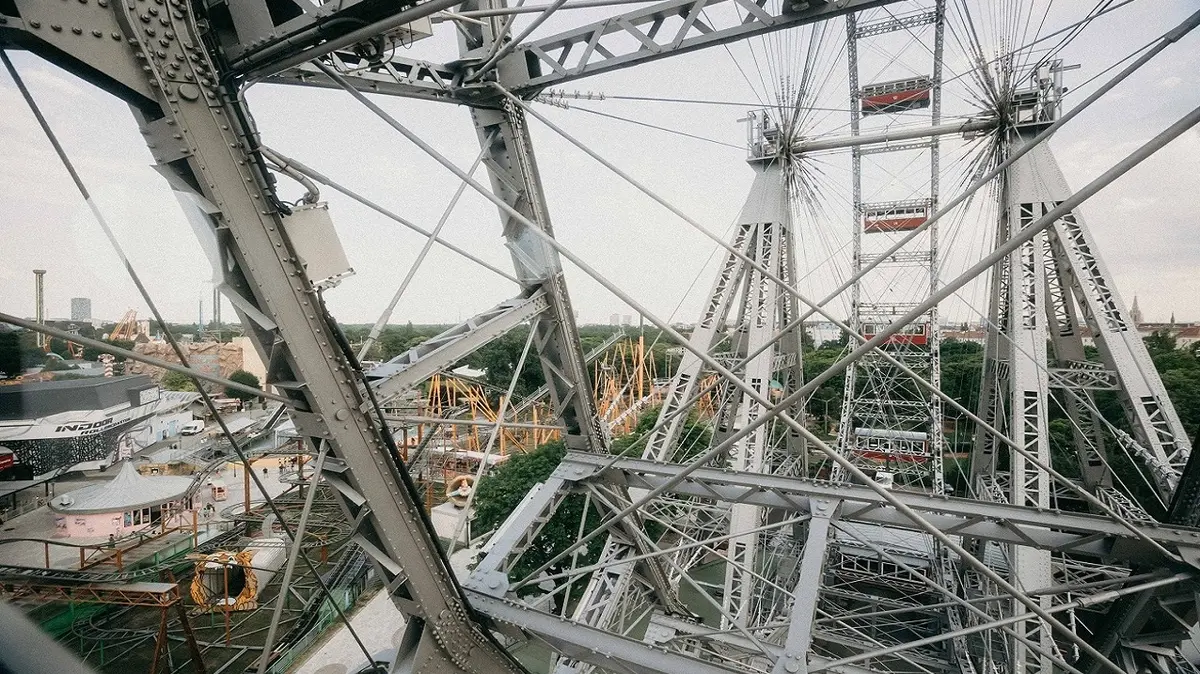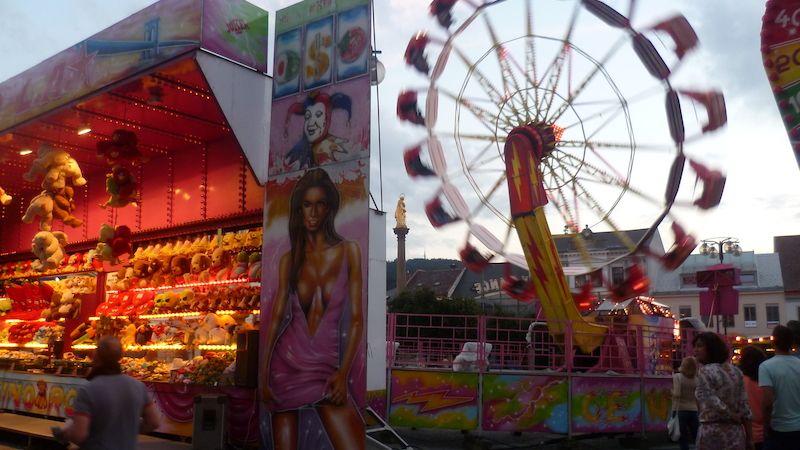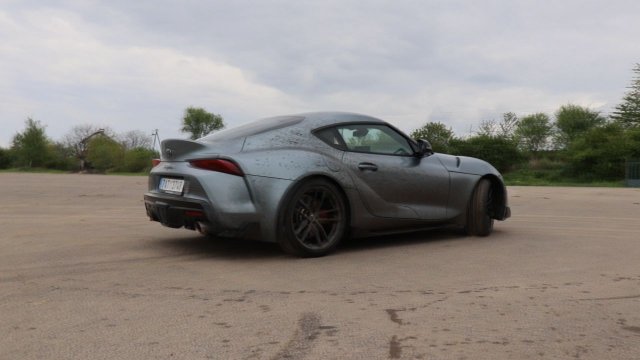“Who doesn’t go up Vienna Ferris wheelas if he wasn’t even in Vienna”, it was an unwritten law for all visitors to Vienna. The giant wheel was built in 1897 for the 50th anniversary of the coronation of Emperor Francis Joseph I. This year, it celebrates one hundred and twenty-five years since its opening.
Diameter giant wheel nearly 61 meters, the total weight of the iron structure is 430 tons. The giant, having no reason to rush, turned at 2.7 km/h. This Vienna landmark is the world’s oldest surviving giant Ferris wheel in its original design. And people all over the world know him.
The giant wheel in Vienna is a technical escape. In its original state, it has served visitors for a full 125 years, making it the oldest Russian wheel in the world
Video: Ondřej Mašek
An attraction for those who are not afraid of heights
Since May this year, he has been waiting Giant wheel special attraction in the form of “Platform No. 9”, which, however, is intended only for those who do not suffer from vertigo: on a purpose-built platform, visitors who want an extraordinary adrenaline experience can enjoy the exciting feeling of altitude during an air flight. drive. “Platform No. 9” is a steel structure with a glass floor. It had no sidewalls and no roof, and the dare was only secured with straps.
Giant wheel as movie background
This giant wheel has played a prominent role in several cult films, including “The Third Man” (1949) with Orson Wells or the Bond film “Breath of Life” (1987) with Timothy Dalton in the role of James Bond. Director Richard Linklater also shot scenes for his film “Before Dawn” (1995) here. Therefore, in June 2016, the Vienna Ferris wheel was included in the list of “Treasures of European film culture” by the European Film Academy.
In the Giant Wheel gondola, which is about the size of a smaller train carriage, with any luck, you can also distract the Austro-Hungarian ruler Francis Joseph I, who also ruled Czech lands, “from his meditation”.
Photo: Ondřej Mašek
History of Preacher
The first written mention of the area where modern is spreading today Pratr, dates back to 1162, when the Austrian Duke Frederick I. Babenberský donated it to the de Prato noble family. The term Prater was first used in 1403 and originally referred to a small island in the Danube river north of the present-day winter port of Freudenau. However, gradually began to be used for neighboring areas as well.
The land changed hands frequently until Emperor Maximilian II purchased it in 1560. as a pursuit to organize hunting entertainment. Emperor Rudolph II later banned him from entering Prater’s territory in an attempt to deal with poachers.
On April 7, 1766, Emperor Joseph II declared Pratr for publicly accessible spaces for use as public entertainment, and enabling the establishment of cafes and drinks there. This eventually led to the creation of the delightful Wurstelprater. Throughout time, until the 1920s, the Pratr also served for hunting.
In 1873, in Pratru hold the World’s Fair. This is the first time this major event has been held outside London or Paris. The exhibition area called Messegelände is located on the grounds of the former exhibition area.
If you’re visiting Prátr, you shouldn’t miss sitting in the Kolařík family’s Schweizerhaus restaurant, which has been in business for over a hundred years. The grilled knee or tripe soup is famous
Photo: Ondřej Mašek
In 2004, renovation started amusement park section, Wurstelprater. On 11 May 2008, the new section U2 of the Vienna subway with three stations along the park was put into operation. Not far from the entrance to the park is Wien Praterstern Station, from where you can also catch a train to Brno or Prague.

“Unapologetic social media guru. General reader. Incurable pop culture specialist.”







